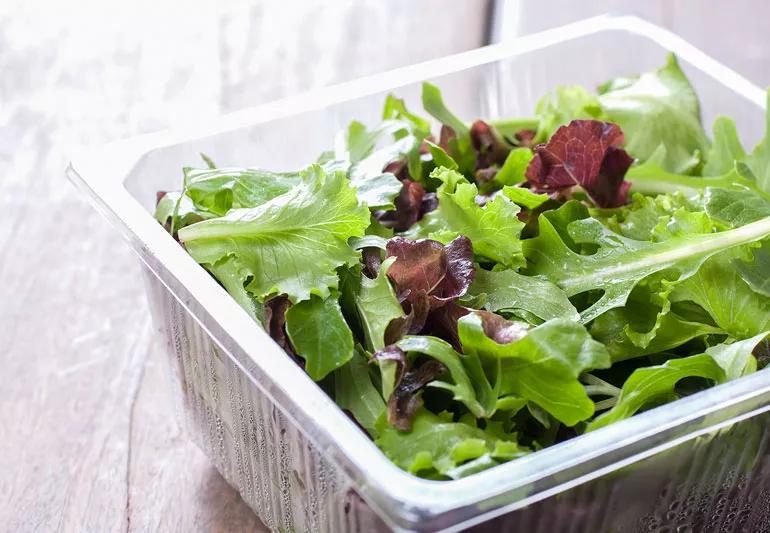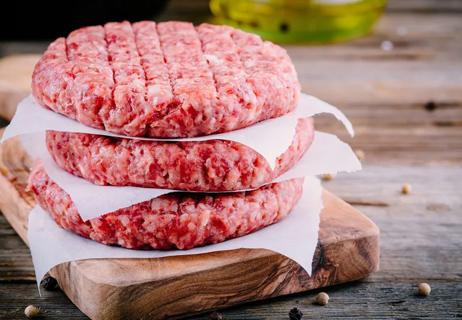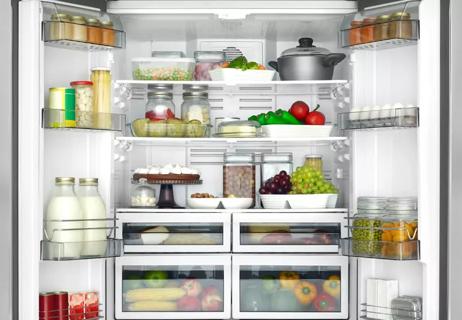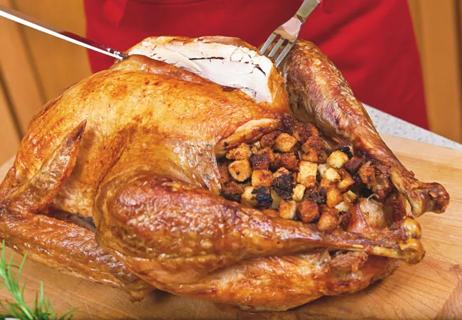The short answer from a registered dietitian

A: No, you do not need to wash ready-to-eat produce. In fact, rewashing can increase your risk of getting sick because your produce may become contaminated with bacteria from your sink, countertop, cutting boards or other kitchen surfaces.
Advertisement
Cleveland Clinic is a non-profit academic medical center. Advertising on our site helps support our mission. We do not endorse non-Cleveland Clinic products or services. Policy
However, you should always wash produce that does not come prewashed before eating it. This is true even for fruits and vegetables that have a rind you plan to peel like watermelon or cucumber. Otherwise, you could spread bacteria and other contaminants when you slice the fruit or vegetable.
Here are some washing tips:
—Registered dietitian April Verdi, MPH, RD, LD
Advertisement
Learn more about our editorial process.
Advertisement

Color, texture, smell and expiration date all hold important clues

A guide to cooking or ordering in a restaurant

The great food storage debate

When the guests go home, food clean up can be tricky

"Better safe than sorry" applies here

The short answer from a dietitian

CHANGE ADDED NOW Lorem ipsum dolor sit amet. Non voluptatem quibusdam qui nobis laborum in animi autem est veritatis temporibus quo impedit eius. Quo possimus quaerat sit odio omnis est commodi consequatur vel assumenda itaque. I ADDED THIS JUST NOW CHANGE

Warning: A popular TikTok hack to extend the life of avocados could lead to food poisoning

Type 2 diabetes isn’t inevitable with these dietary changes

Applying a hot or cold compress can help with pain